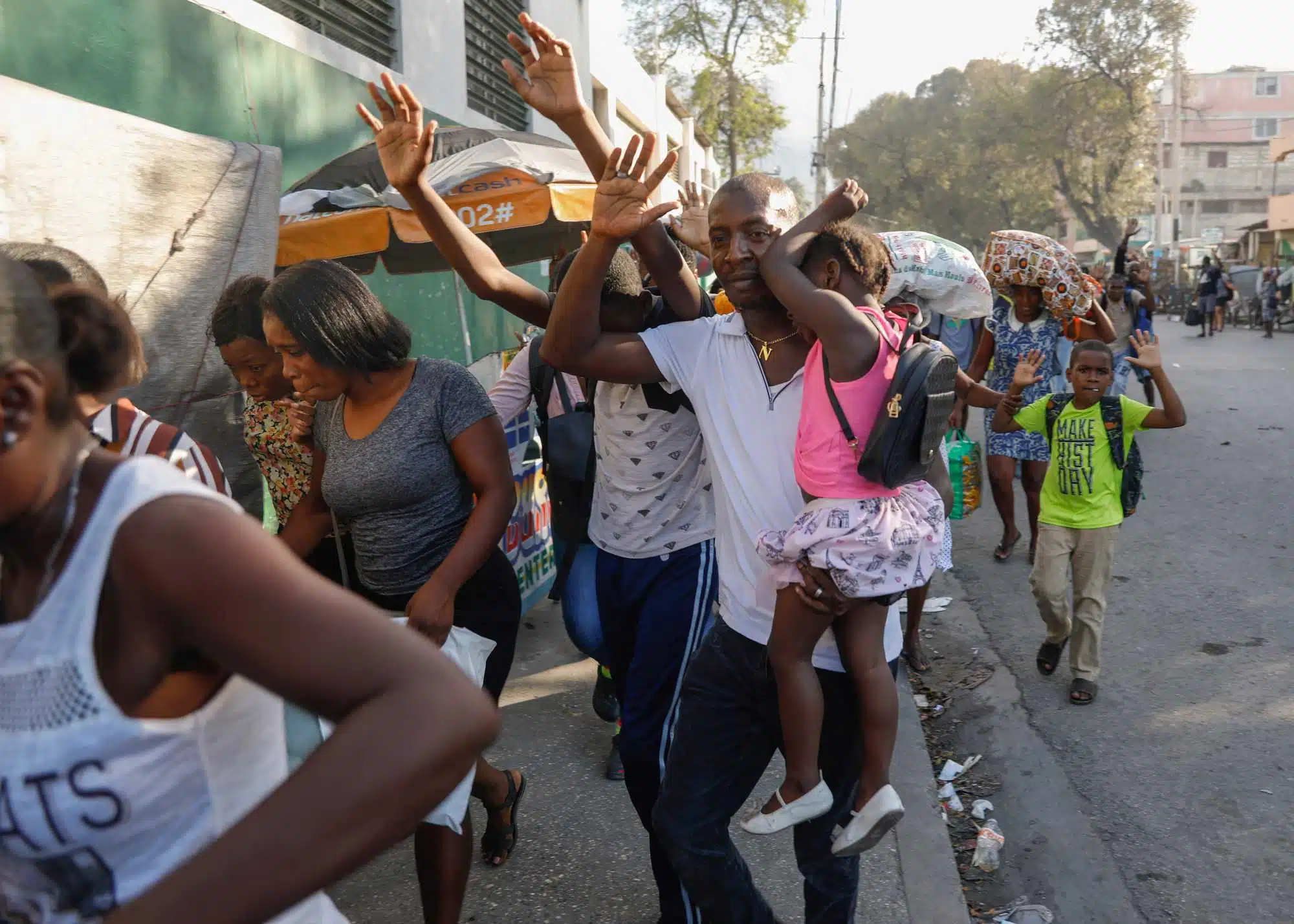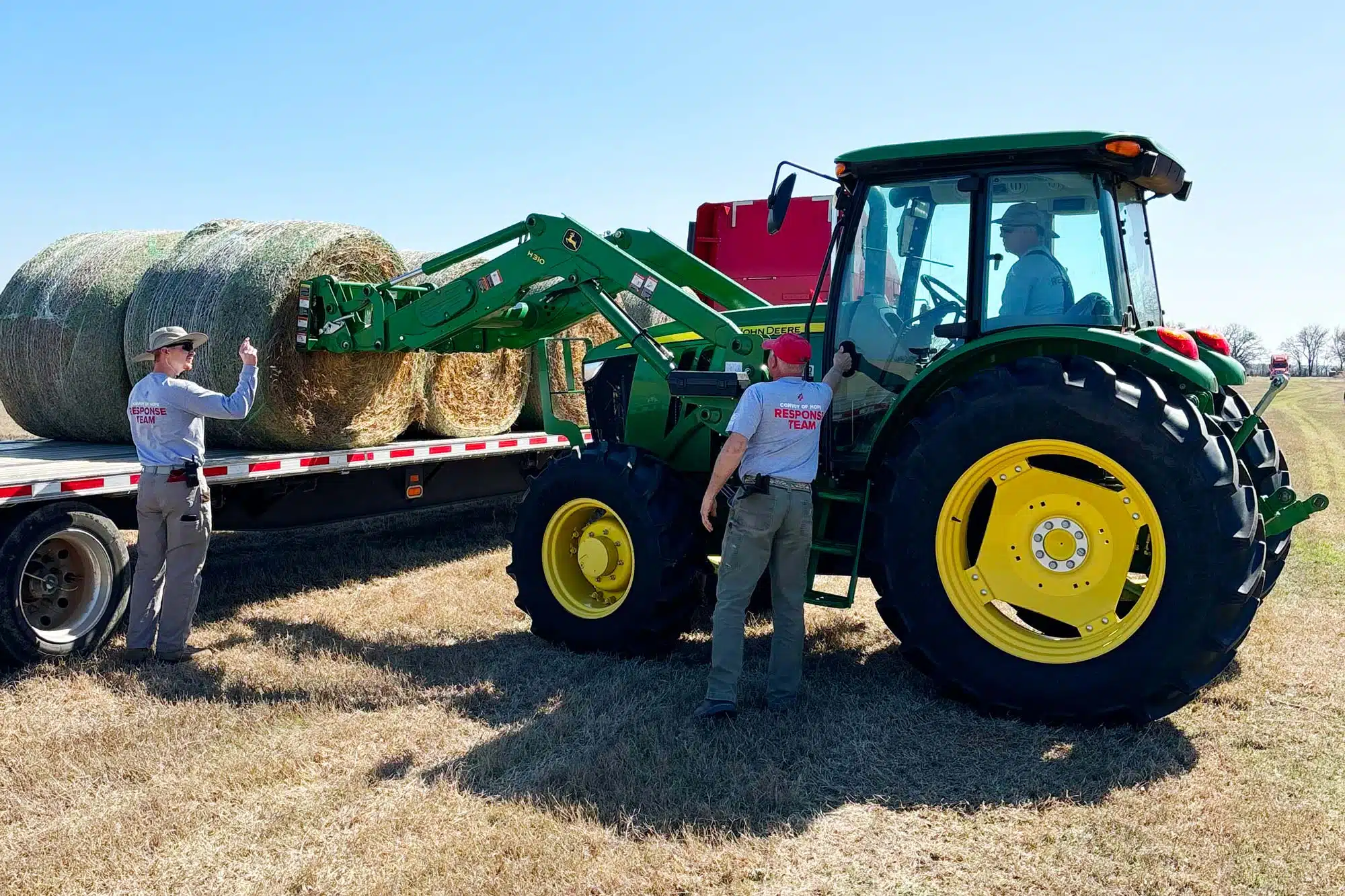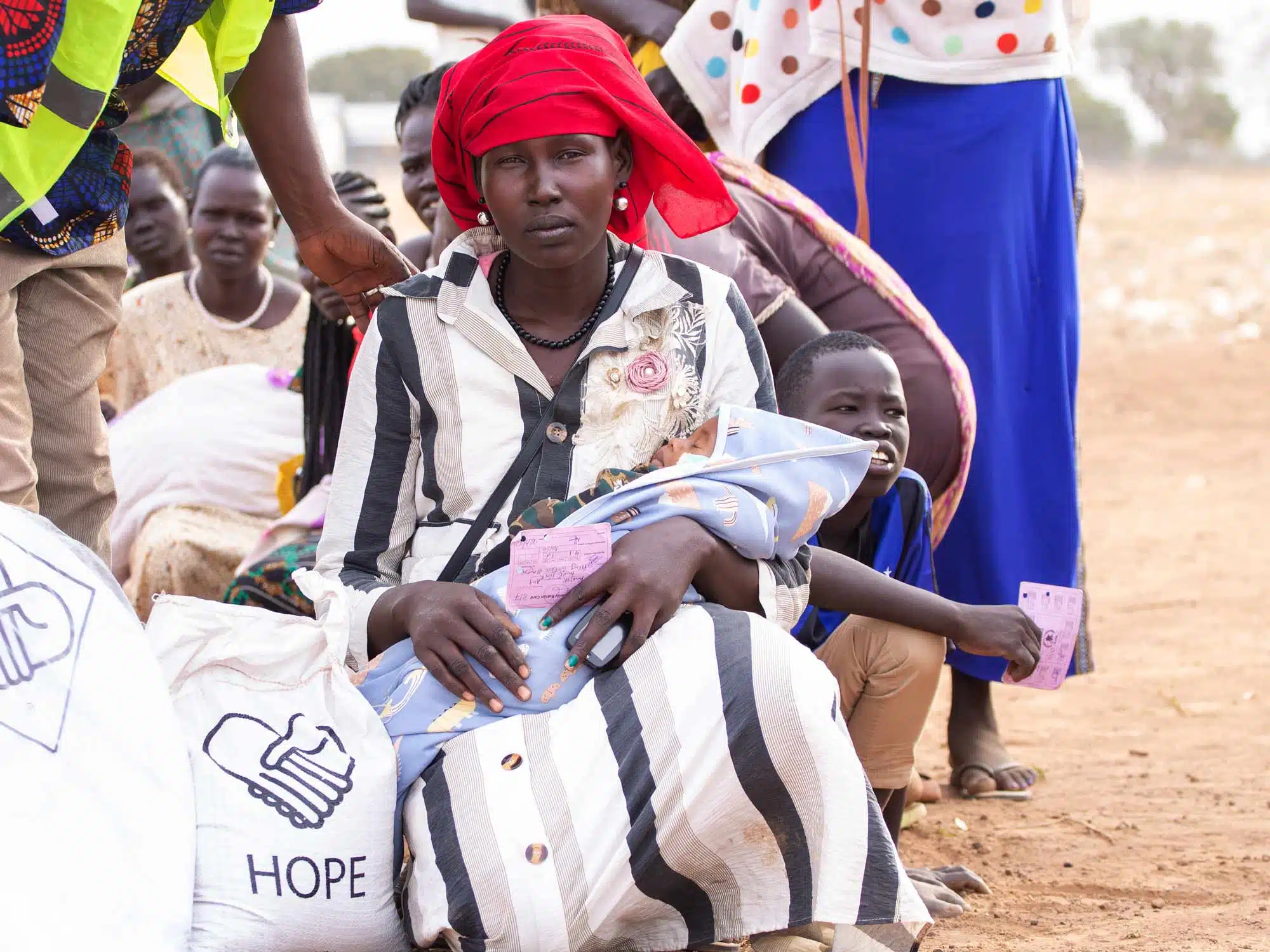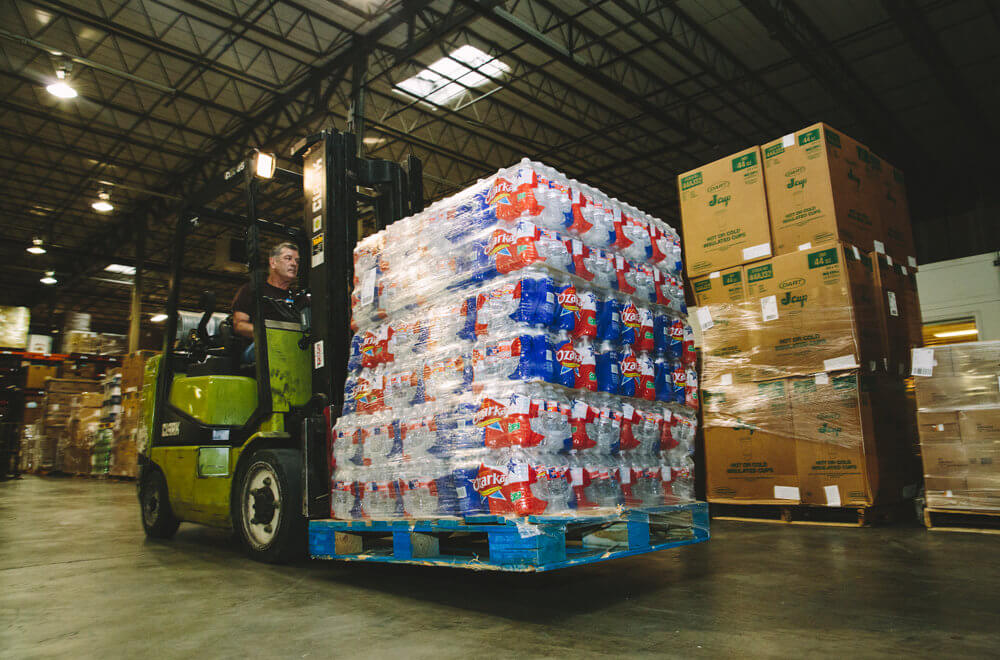Historically, the name “Ophelia” refers to seven major storms.
- • In the Atlantic there have been three Hurricane Ophelias.
- • The Pacific has seen one Tropical Storm Ophelia.
- • The Pacific has seen three Typhoon Ophelias.
This year, on September 22, Tropical Storm Ophelia became the 15th tropical storm named from this season’s list of storms.
The national weather services had first noticed the potential for tropical cyclone development near the southeast U. S. coast on September 17. Five days later, Tropical Storm Ophelia was announced. With any such news, communities in a storm’s path need to identify the potential impact of the storm’s arrival in their area and take appropriate precautions.
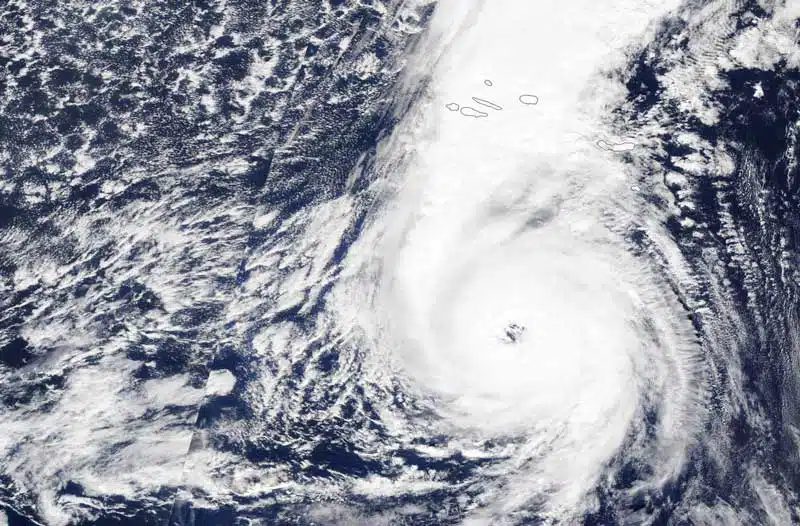
Ophelia’s name was released based on its wind speed.
A named storm is a form of tropical cyclone, a rotating, organized system of clouds and thunderstorms that originates over tropical or subtropical waters and has a closed low-level circulation.
Early on, as a tropical depression, sustained wind speeds are less than 39 mph. Though tropical depressions are not given names, they are tracked to determine if they are growing into tropical storms or hurricanes. Ophelia’s classification as a tropical storm and the release of its name happened when sustained wind speeds reached 39 mph.
Had those winds reach 74 mph, Ophelia would have become a Category 1 hurricane. Fortunately, Ophelia never grew further. Tropical Storm Ophelia made landfall near Emerald Isle, North Carolina, on September 22 and quickly weakened as it moved northward through the state.
When Was Hurricane Ophelia?
Perhaps you’ve asked yourself, “When did Hurricane Ophelia hit?” or “What year was Hurricane Ophelia?” You can find information on three historic Atlantic hurricanes named Ophelia.
This article will look at those three storms, all with significant impact on regions in their paths:
- • Hurricane Ophelia (2005)
- • Hurricane Ophelia (2011)
- • Hurricane Ophelia (2017)
Where Did Hurricane Ophelia Hit?
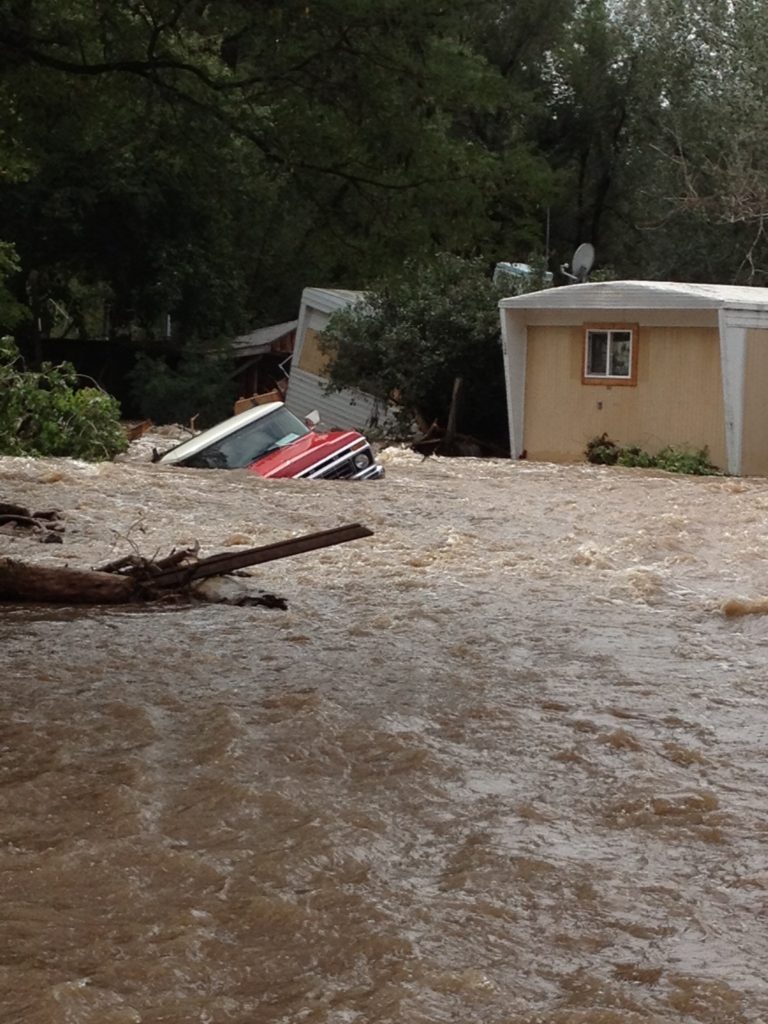
In 2005, Hurricane Ophelia lingered off the U.S. eastern coast, transitioning between tropical storm and hurricane status some four times.
As it wound its way northeast from off the coast of Florida, its closest approach was to North Carolina where the edge of the storm reached land.
- • Three days of rain and wind resulted.
- • Numerous coastal structures were significantly damaged.
Though drawing farther from the coast, the storm’s effects continued to create flooding and storm surges on up into New England.
Just as 2005’s Hurricane Ophelia made tangential contact with the United States, in 2011 Hurricane Ophelia’s greatest strength was always at sea. As it passed east of Bermuda, its storm surge and rip currents caused minimal damage.
Hurricane Ophelia in 2017 was also a major storm but did not make landfall. However, the weather system it generated had a significant impact on the Azores and Europe.
Known as Storm Ophelia in Ireland and the UK, Ophelia was considered the worst storm to hit Ireland in 50 years.
What Category Was Hurricane Ophelia?
In 2005, Hurricane Ophelia achieved only a Category 1 rating. Because it lingered so long off the U.S. eastern coast, and because it came so soon after the devastating Hurricane Katrina, Ophelia drew a lot of attention and created a far greater reaction than proved necessary.
With a peak windspeed of 140 mph as it moved across the Atlantic Ocean east of Bermuda, Hurricane Ophelia in 2011 was a major Category 4 storm.
Hurricane Ophelia was a Category 3 hurricane with its highest sustained winds reaching 115 mph.
What Time Will Hurricane Ophelia Make Landfall?
There is no correlation between historical hurricanes with the same name. Asking, “What time did Hurricane Ophelia make landfall?” during previous storms will not help you prepare for this year’s potential storm.
Should Ophelia become a tropical storm or hurricane this year and approach your region, you should be aware of the predicted landfall.
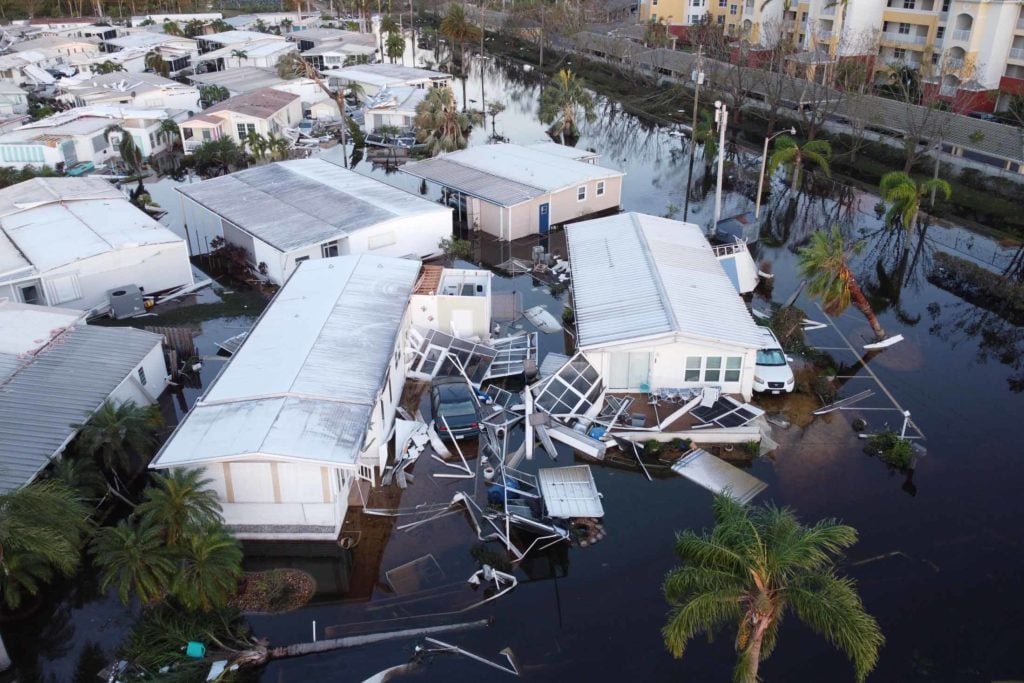
It is important you do not wait until the last minute to reach a safe area.
How Many People Died in Hurricane Ophelia?
If you are following this year’s list of storm names, you might naturally ask, “Did anyone die in Hurricane Ophelia?”
Loss of life during Hurricane Ophelia in 2005 was minimal and associated with the weather effects created by the storm.
- • A teenage surfer was pulled out by strong currents in Florida.
- • Several fatal car accidents on wet roads could be attributed to Ophelia.
Because Hurricane Ophelia remained over the Atlantic in 2011, it caused no fatalities even though its weather system brought excessive rain to several Caribbean islands.
In 2017, Hurricane Ophelia was strongest over the Atlantic, but its remaining impact on regional weather contributed to three fatalities indirectly.
What Was the Path of Hurricane Ophelia?
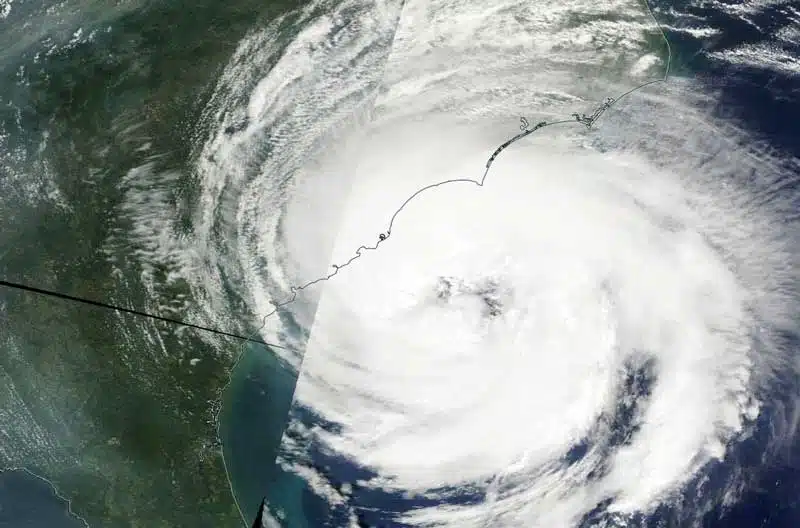
In 2005, Ophelia’s entire life cycle held close to the eastern United States.
- • September 1 – a cold front off the East Coast moved southeast.
- • September 7 – Tropical Storm Ophelia was named off the southeast coast of Florida.
- • September 8 – The storm remained almost stationary as it shifted to Hurricane Ophelia.
- • September 9 – Hurricane Ophelia slowly began moving northeast up the coast.
- • September 10-23 Ophelia moved past Canada’s Atlantic provinces before dissipating on September 23 over the Norwegian Sea.
Hurricane Ophelia followed a path in 2011 you might envision as a very large letter C.
- • It began to develop from a low-latitude tropical wave that moved off the coast of West Africa.
- • As it moved west across the Atlantic, it became a tropical depression and tropical storm about 1,300 miles east of the Lesser Antilles.
- • Tropical Storm Ophelia continued to intensify as it completed the bottom curve of the imaginary C.
- • As Ophelia moved north through the Atlantic, along the back side of the C, it also moved through its growing categories of intensity.
- • By the time it was headed east away from Canada, it was rapidly weakening.
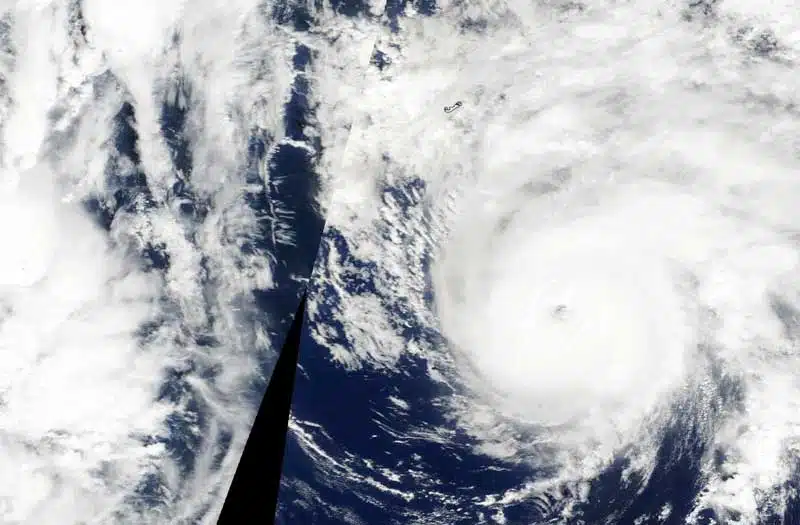
In 2017, Hurricane Ophelia was the most eastern Category 3 hurricane ever studied by satellite. Initially, the storm system moved in a relatively small region of the Atlantic for six days before moving east and northeast toward Europe. It dissipated over Norway.
Convoy of Hope & Hurricanes
Convoy of Hope is a faith-based nonprofit organization with a long history of responding to natural disasters. Since 1998, when Convoy of Hope helped families recover from flooding in Del Rio, Texas, after Tropical Storm Charley, hurricane response has remained an annual priority.
When storm damage is severe, Convoy will consider the need for a long-term recovery response. A year or more after a major storm, Convoy may still be onsite with follow-up distributions. For example, after 2021’s Hurricane Ida, Convoy held a recovery event in LaPlace, Louisiana, in November 2022.
Convoy of Hope Disaster Services responds to natural disasters around the world, offering help and hope to people facing some of the most challenging circumstances in their lives.

